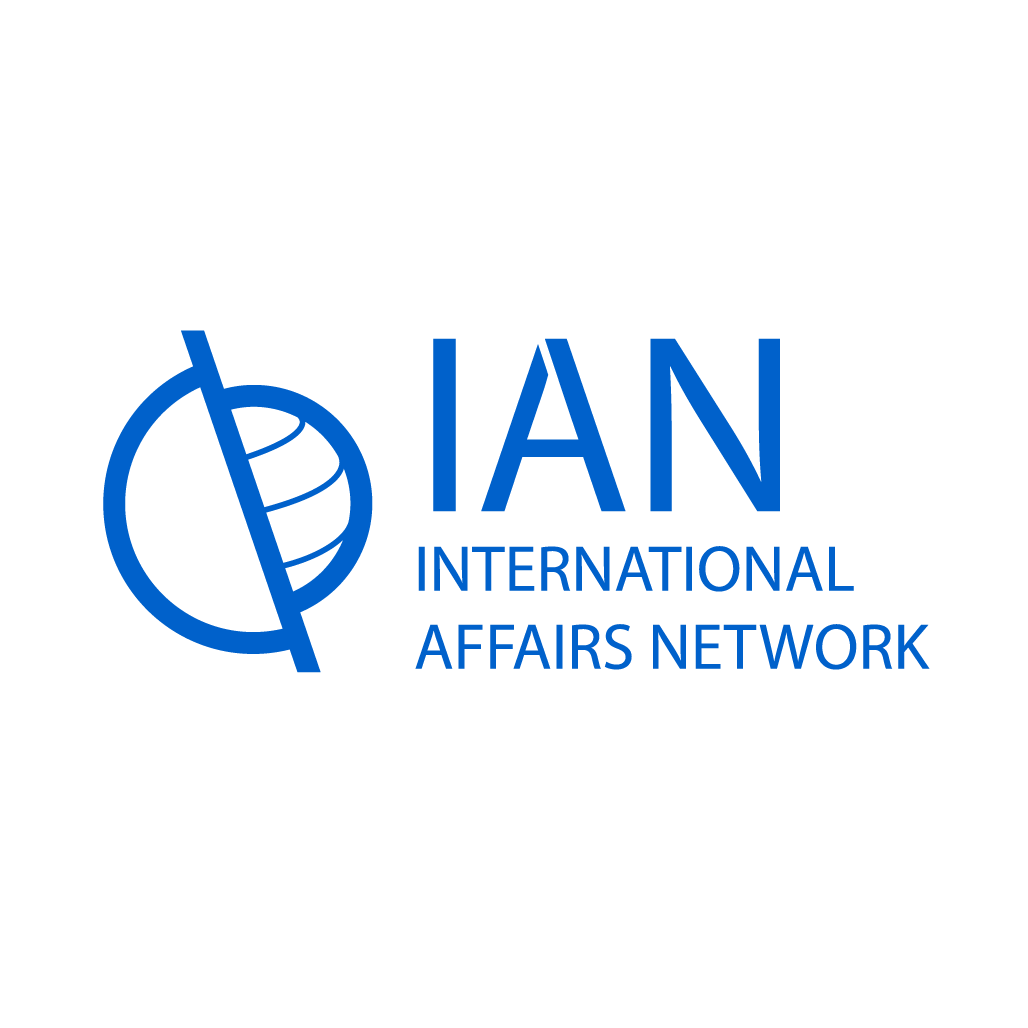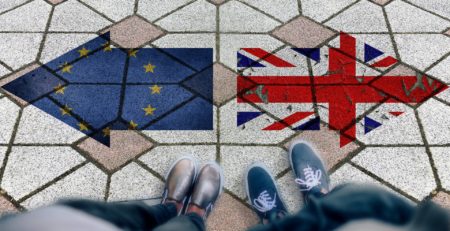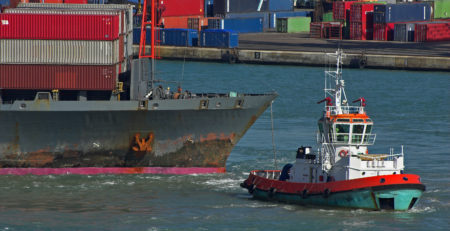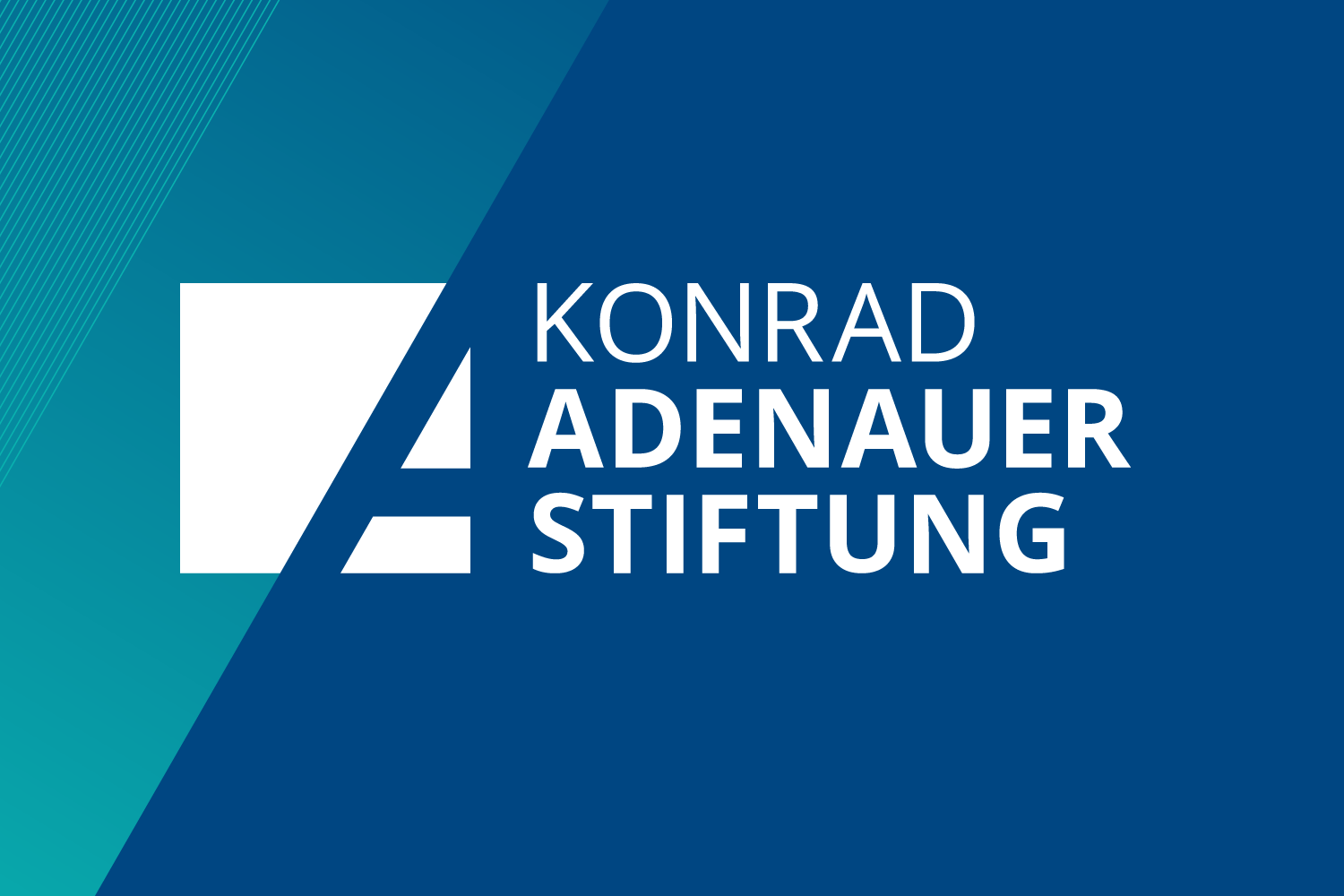Azerbaijan’s War Trophies Park – Ethnic Intolerance in the Nagorno-Karabakh Conflict
Azerbaijan’s War Trophies Park – Ethnic Intolerance in the Nagorno-Karabakh Conflict
Last week, Azerbaijan unveiled its new ‘War Trophies Park’. The site, which is purportedly designed to celebrate the country’s efforts in the recent Nagorno-Karabakh war, is in reality no more than a menagerie to human suffering. To observers of the conflict, it is the most recent example in a spate of xenophobic behaviour exhibited by Ilham Aliyev’s government. It is also part of a much wider pattern of global indifference to genocide.
War Trophies Park
Images have emerged of Azerbaijan’s president visiting the nation’s new ‘War Trophies Park’ in Baku. Aliyev was pictured observing the numerous exhibits that constitute this ‘museum’ to the second Nagorno-Karabakh war. According to the Azerbaijani press, the park contains around 300 displays of Armenian military equipment and small arms captured by Azerbaijan during the conflict. However, the reality is far more troubling. One particular image showed Aliyev standing proudly between two walls displaying the helmets of Armenian soldiers killed during the conflict. The site is also populated by xenophobic caricature wax figures of Armenian soldiers. Many of these grotesque stereotypes present Armenians as either dead, dying or in the process of being tortured. At the entrance of the museum is a sign which reads ‘Karabakh is Azerbaijan’. Many members of Azerbaijan’s opposition had harboured hopes that the war might have been a route to long term reconciliation. Whilst much of Aliyev’s state rhetoric suggests the government wishes to find accord with Armenia and the Armenians of Nagorno-Karabakh, this park makes it clear that there is no serious intention of doing so.


The Nagorno-Karabakh war erupted in the Caucasus on September 27th, 2020 with Azerbaijan launching a joint operation with Turkey aimed at re-establishing control over the disputed region. A ceasefire was brokered by Russia in November, which ceded significant parts of Karabakh to Azerbaijan. At the end of the conflict, Azerbaijan emerged emboldened, claiming a military victory which has left many in Armenia and Nagorno-Karabakh deeply concerned by the long-term implications of the conflict.
A Failing Post-War Process
The new trophy park is the most recent reflection of an Azerbaijani policy of state sponsored Armenophobia which has become more aggressive as a consequence of the war. Earlier in April it appeared that terms had been agreed to finally secure the release of Armenian POW’s still held in Azerbaijan. As families waited with anticipation, the plane arrived empty. This gross violation of the post-war humanitarian process fits into a wider trend of psychological humiliation aimed at Armenia.
Those POWs who have been returned were interviewed by Human Rights Watch as part of their ongoing investigation into Azerbaijan’s handling of the conflict and post-war negotiations. The report, released in March 2021 describes the harrowing experiences of Armenian prisoners, who were routinely subject to degrading treatment and torture. Interviewed Armenian servicemen describe appalling conditions, malnourishment and abuse at the hands of their captors. Hugh Williamson, the Europe and Central Asia director at Human Rights Watch stated , “The abuse, including torture of detained Armenian soldiers, is abhorrent and a war crime,” going on to state that “it is also deeply disturbing that a number of missing Armenian soldiers were last seen in Azerbaijan’s custody and it has failed to account for them”.
The number of Armenians still imprisoned remains unclear. This degrading treatment was a common feature of the conflict itself and it was not confined to military personnel. Amnesty international has analysed 22 videos from the war, which include the extrajudicial decapitation of Armenian civilians by Azerbaijan’s armed forces. Amnesty has called for independent investigations by both nations, which has had little effect as of yet.
Ethnic and Cultural Cleansing
It is evident, however, that these incidents are not just confined to the context of war or indeed post war tension. In January 2021, Azerbaijan released a commemorative postal stamp to celebrate the Nagorno-Karabakh war. The images depict Azerbaijani military personal alongside disinfection specialists fumigating the area of Nagorno-Karabakh. The very obvious allegory to ethnic cleansing is deeply unsettling. According to Azerbaijan, the images celebrate the nation’s fight against Covid-19. Given Aliyev himself described the conflict as “driving Armenians away [from Nagorno-Karabakh] like dogs”, the intentions behind the stamp are all too evident.

Historically Azerbaijan has pursued an extensive policy of cultural cleansing. A report published by Simon Maghakyan and Sarah Pickman has described the way in which the Azerbaijani government has engaged in the systematic erasure of historic Armenian heritage over the past thirty years. One particular example is the destruction of over 10,000 Armenian Khachkars located in the Azerbaijan enclave of Nakhichevan. These cross stones are a unique Armenian burial tradition. The report details how in 2005, the prelate of northern Iran’s Armenian church filmed the Azerbaijani military laying waste to the Khachkars. The soldiers then loaded the debris on to trucks and dumped it into the Araxes river.
In Azerbaijan, it appears that old habits die hard. The BBC recently published a report which showed that an Armenian church captured intact during the war, has since been destroyed. Satellite images supplied by Caucasus Heritage Watch have also identified a concerning increase in Azerbaijani military activity around the historical Armenian site of Tigranakert-Artsakh. This evidence has been contrasted with a number of ruined Azerbaijani towns which were abandoned as a consequence of the first Nagorno-Karabakh conflict in 1991. Azerbaijanis returning to their homes in the region will feel scores have been settled but it merely begets further cycles of violence. Much like the Azerbaijanis who fled in 1991, it is now the Armenians who have been driven from their homes. Whilst the ongoing political debate over Nagorno-Karabakh continues and both sides lay claim to the region, it is impossible to miss the troubling currents which have set the tone for this conflict over the last 30 years.
Turkey and State Sponsored Armenophobia
The conflict and post-war actions of Azerbaijan and its main state sponsor Turkey has evoked the trauma of the Armenian Genocide for many in Armenia and amongst its diaspora communities. Turkey’s role in the Nagorno-Karabakh war has become more apparent as time has progressed. The close relationship between Ankara and Baku has been a cause of concern for some time in the region, particularly with the increased military and financial backing which Erdogan has offered his ally in Azerbaijan. Since the end of the conflict, evidence has emerged that Turkey hired over 4000 Syrian mercenaries to support Azerbaijani troops in Nagorno-Karabakh. Turkey’s leader was also present at a victory parade held in Baku in December 2020.
The growth of pan-Turkic ideology between the two states has dramatically increased in recent years and numerous Azerbaijani servicemen have been pictured making the gesture of the ultra-Turkic-nationalist Grey Wolves. Following the truce, Turkey and Azerbaijan have continued to reframe the narrative about why the invasion of Nagorno-Karabakh took place, a narrative which fundamentally denies the historic presence of Armenians in the region and fails to engage in any constructive dialogue with Armenia.
Erdogan’s speech at the victory parade made reference to Enver Pasha, a leading Ottoman perpetrator of the Genocide of 1915. Aliyev’s response was even more stark: “Our iron first embodies both our unity and strength. That iron fist broke the enemy’s spine and crushed the enemy’s head. If Armenian fascism ever raises its head again, the result will be the same. Again, Azerbaijan’s iron first will break their back.”
Hatred toward Armenians is not innate but the product of a deeply constructed and wide-ranging Armenophobia promoted by the political elite of both countries. Vocal opponents within Azerbaijan were subject to a harsh crackdown in 2014; many were imprisoned. President Aliyev has continued to attack the country’s opposition and shown little interest in any major political reform. The press freedom index rates both Turkey and Azerbaijan poorly. They stand at 153 and 167 respectively on a scale where the lowest ranking possible is 180. In comparison, Armenia stands at 63. State sponsored disinformation in Turkey and Azerbaijan will likely only continue to exacerbate tensions in this region and no doubt influence long-term perceptions of Armenia.
Global Indifference to Genocide
The language and behaviour of Aliyev’s government is the first stage in a more extensive effort to expunge Nagorno-Karabakh’s Armenian population. Ultimately, the troubling actions sponsored by Baku are part of a much larger story of global indifference. Turkey has for too long been allowed to set the precedent for genocide denial. Global powers have repeatedly ignored the question of recognition, primarily for political, strategic and economic reasons. The country’s continued membership of NATO and the significance of its geo-political situation for security in the Middle East have perhaps been amongst the more major contributing factors which have prevented other nations from applying pressure on Turkey.
The lack of any serious consequence is a signal for regimes such as Aliyev’s and it has allowed Azerbaijan to perpetrate more recent violence without recompense. Influenced by long term trends of state sponsored xenophobia, Azerbaijan verges ever closer to genocidal tendencies. If just one state is allowed to commit such crimes unanswered, it invites others to do the same. Many will observe the ongoing genocide being committed against Uyghur Muslims in China and notice a global response which ranges from limited admonishment to complete disinterest.
Turkey has stoked tensions as part of a much wider bid for influence in the Caucasus and the failure to offer serious intervention and mediation has ensured tensions continue. The cease-fire brokered by Russia is temporary and does not represent a serious move toward reconciliation. If anything, it reflects Russia’s own efforts to influence the region to its southern border. Without action from the International Community, the long-term stability of the Caucasus will continue to be in a state of flux which will regrettably lead to further violence.
As the long-term consequences of the war continue to materialise, the narratives of ethnic intolerance perpetuated by Ilham Aliyev’s government should give the world cause to take notice of what many consider to be a distant skirmish. The International Community’s immediate concern must be to seek rigorous mediation to protect the Armenians of Nagorno-Karabakh. It is also crucial to consider the conflict within the larger cycles of violence perpetrated by all those involved in the last thirty years and beyond. As Russia and Turkey play political games in the region, the rest of the world can no longer treat the conflict with disinterest. Global indifference has led us to this point and a continued ambivalence will only mean the Caucasus continues to spiral toward a much darker path.












